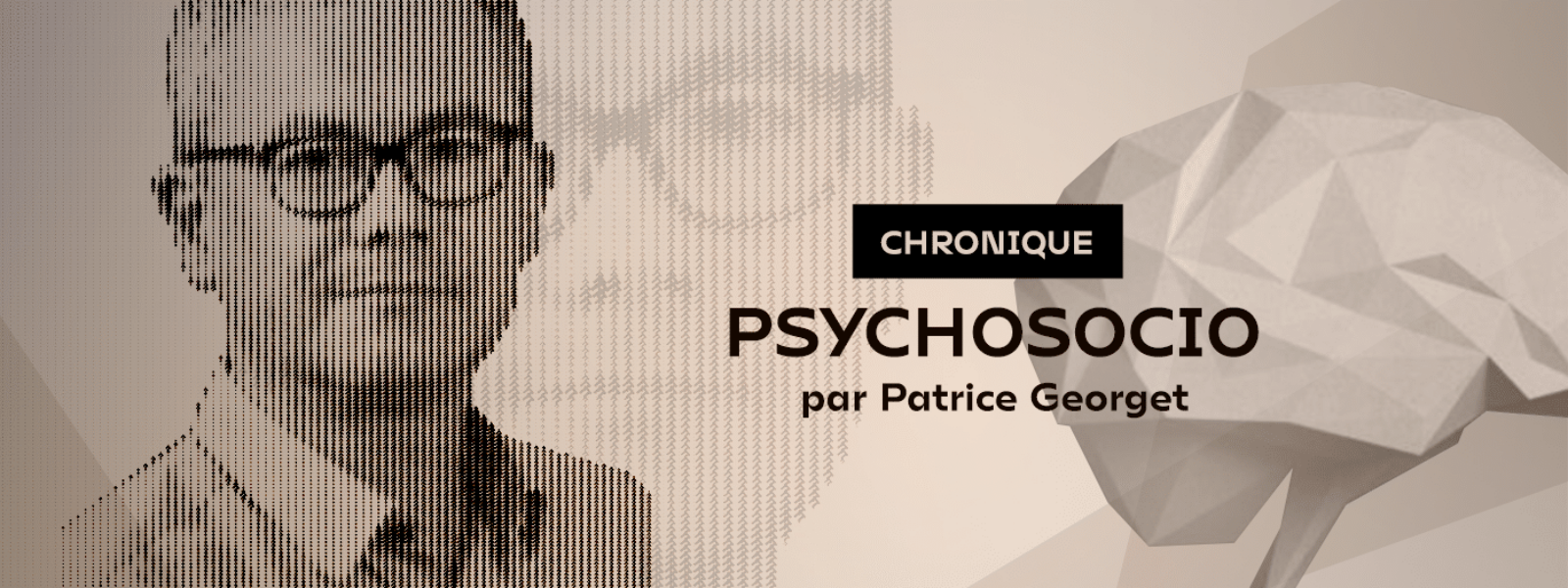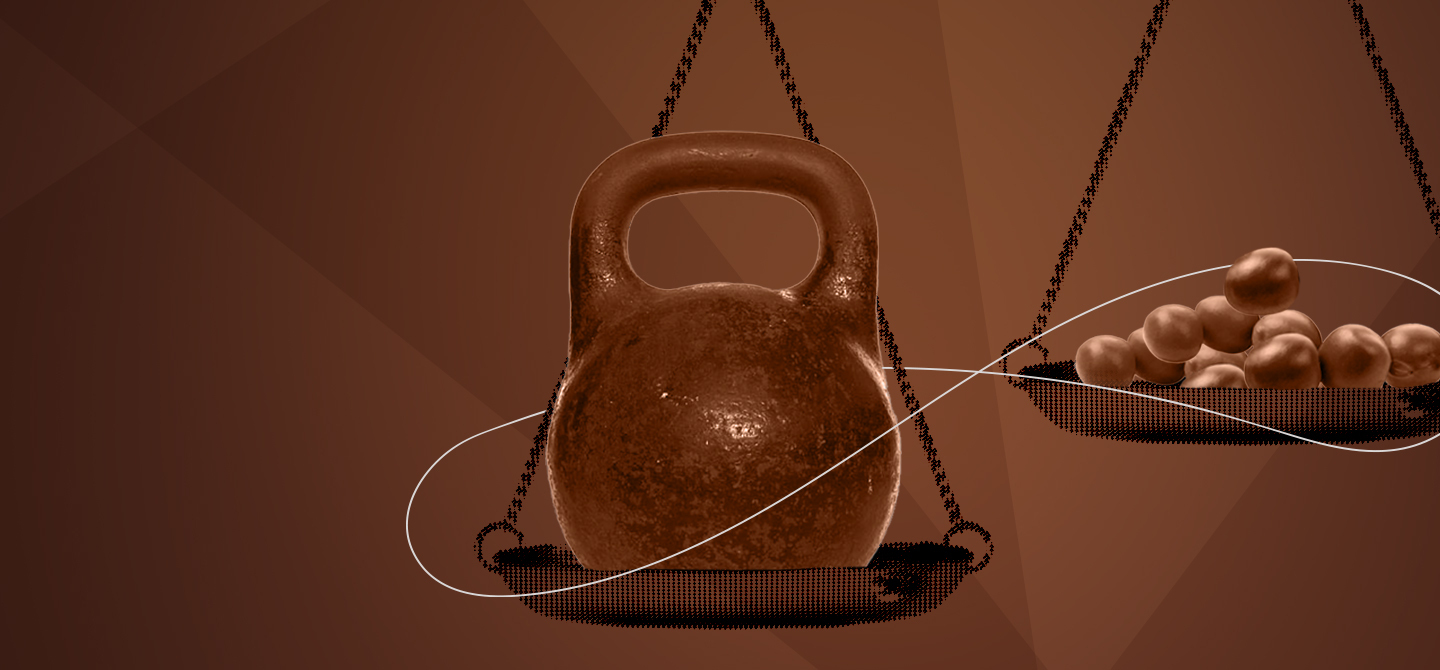Three hidden loyalties that prevent us from solving problems
Analysing a problem objectively, imagining rational solutions and choosing the most relevant options implies taking a reasonable step back from three psychological “loyalties” or biases of which we are not always aware.
#1 Loyalty to the past
Fixation effect
Have you ever had a fixed idea that prevented you from moving forward? You try to get rid of it, by thinking about something else, for example, but the more you try to stop thinking about it, the more the idea comes back and blocks your thought processes. This phenomenon occurs when mental automatisms have been internalised. It is true that this allows us to solve recurrent problems quickly and efficiently, but a problem often has an unexpected character.
To understand the dynamics of fixed ideas, let’s start with a very simple problem-solving task: to devise as many solutions as possible in ten minutes so that a chicken egg dropped from a height of 10 metres does not break! Let’s see how the “fixation” effect of automatisms linked to professional practices works1. When we put this problem to engineers or industrial designers, we find that the latter are more creative: they come up with more ideas, and these ideas are more original. They have an implicit loyalty to their professional background, even though this is irrelevant to the problem to be solved.
Is it possible to combat these effects? Returning to our egg drop problem, the researchers2 provided an example along with their instructions to help the participants solve this problem: « you can, for example, design a parachute for the egg, » they explained. The result was counter-intuitive, however, since this example leads to a drop in the number of solutions on the one hand and a drop in their originality on the other. This was true for both engineers and designers.
How should we interpret these results? Researchers will show that some examples (known as restrictive examples) reduce creativity while others (expansive examples) will increase it. In our situation, the example of the parachute is a restrictive example in the sense that it is one of the most classic examples. It is common and has nothing original about it since it is usually cited spontaneously by the participants. But, providing it as an example will activate a fixed idea and limit reflection. Whereas expansive examples such as « train an eagle to retrieve the egg in flight; freeze the egg » are more unexpected, they will have the effect of freeing the mind from the fixation effect.
In other words, it is possible to stimulate participant creativity in problem solving, provided that you avoid activating the fixation effect by not providing classical examples and encourage by providing atypical examples.

#2 Loyalty to the present
Emotions and immediacy bias
There are few situations in which we solve problems with complete peace of mind: stress, fatigue, haste and emotions are the daily lot of many professions. What is the weight of these factors in the way we approach a problem? To answer this, let us consider a well-known problem-solving situation: the ultimatum game 34.
Imagine a player (the « proposer ») who is given 100 euros. He is tasked with splitting this amount with a second player. The latter, the « responder », must accept the sum or refuse it. If they accept, both players go home with the money. If they refuse, both players have to give all the money back and go home empty-handed. The results of course show many variations (e.g. according to anonymity, age), but it can be seen that the proposers allocate on average 40% of the initial sum to the responder. How do responders respond? Well, when the amount offered to them is less than 20% of the amount to be shared, responders refuse the money, considering that they have been wronged: they would rather lose and have someone lose than be treated in a way that is considered highly unfair.
Based on these results, many researchers56 have manipulated the emotional states of participants (in this case the responders). What do the results show? In situations of intense emotion, such as anger or indignation, respondents have a heightened moral sensitivity. They tend to refuse offers that are not close to 50/50. In other words, they would rather lose than see the other person get more than them! The resolution of the problem is thus determined more by how they manage their frustration than by the prospect of gain. They want equality more than fairness and therefore position themselves in a punitive posture in relation to the proposer. It is the immediacy bias that governs the way they deal with the situation, to the detriment of the time perspective of a monetary reward of the ‘better than nothing’ type.
Think about the unpleasant email you receive from a colleague, and how you will deal with it: do you reply back immediately to vent your frustration straight away, even if you regret it later, or do you write a response and save it in drafts to read the next day after you have had time to reflect? It’s a question of managing the present time! Negative emotional states are associated with riskier behaviours as they operate in an ‘accelerated present’ that ignores tomorrow: beware of yourself in the present!
#3 Loyalty to the future
Excessive optimism and belief in one’s own promises
We try to solve many future problems in the present by making promises we believe in, but which we will not always keep. It is not because we have planned to act in a certain way that we will necessarily do so in a given situation: attitudes and good intentions are sometimes poor predictors of behaviour7. For example, it is not because we have followed, understood and accepted a safety training session that we will remain vigilant, attentive and avoid danger or reduce risk-taking when we have to solve a particular problem. At issue is the optimism bias, which leads us to believe today that we will be less exposed to negative events tomorrow than other people. As a result, we minimise the difficulty of future problems and sometimes become specialists in making untenable promises: think of commitments to lose weight, reduce our addictions, regulate our emotions, complete a project on time, etc.
Some of our promises escape us because we lack modesty about our future selves. In other words, our way of looking at tomorrow’s problems today lacks realism concerning the nature of the problem we will face and our ability to manage this future situation. Of course, it is not about becoming pessimistic, but putting in place countermeasures to « fight back » when required.
This is how Odysseus acts in the Odyssey: Odysseus, known as ‘the wily one’, is aware of the weaknesses of the human will and how difficult it will be to resist the sirens’ songs if he hears them in the future. All the over-ambitious sailors before him fell victim to their own overconfidence and were therefore devoured by the sirens. Curious by nature, Odysseus wants to gain access to this unattainable knowledge anyway, while distrusting himself at the same time. He uses a stratagem to control the person he will be in the future by having himself tied to the mast of his ship while his sailors put wax balls in their ears to avoid them hearing the sirens. Arriving near the island of the mermaids and seduced by their song, Odysseus begs his companions to untie him, but they don’t. This preventive strategy stops him from succumbing to the sirens. Odysseus grows thanks to this episode as he now knows better than anyone how the human soul can be manipulated.
To achieve this, he forced himself to limit his choices by exercising a constraining self-control. This is a way of solving problems by anticipating the self! These strategies for anticipating future problems are called ‘self-nudging’8910. They help to anticipate impulsive behaviour governed by over-optimism. You already use gentle self-nudging techniques to anticipate a future that is difficult to control: the piggy bank you buy to keep your holiday money safe, or the promise you publicly make to all your friends that you will lose weight by the summer… In conclusion, there are three prices to pay for solving problems with discernment: make peace with your past11, be wary of the accelerated present, and censor certain behaviours planned for tomorrow… Controlling our dark side is far from being a smooth ride!














